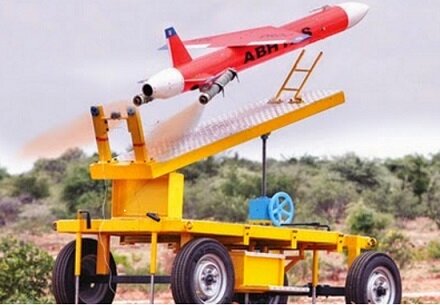Important Facts For Prelims (14th May 2019) | 14 May 2019
By 2040, 15 million will Need Chemotherapy
According to a new study published in ‘The Lancet Oncology’, by 2040, 15 million individuals each year will need chemotherapy, amounting to a 53% increase from 9.8 million in 2018.
Key highlights
- This study is the first of its kind to estimate the scale of chemotherapy provision needed at national, regional, and global scales to respond to this situation.
- Cancer incidence is expected to rise from 17 million to 26 million between 2018 and 2040.
- The estimated proportion of patients needing chemotherapy who reside in low-income or middle-income countries was 63% in 2018, and will be 67% in 2040.
- Of the 15 million people who will require chemotherapy in 2040, more than one-third will be living in eastern Asia (35%), 12% in south central Asia, 10% in northern America, 7% in South eastern Asia, 6% in South America, and 5% in western Europe.
- In 2018, 65,000 cancer physicians were required to deliver optimal chemotherapy. This number is expected to rise to 100,000 by 2040.
- This study will help to further guide policy makers and stakeholders in priority settings involved in setting up health infrastructure and strengthening and educating the future workforce.
Chemotherapy
- It refers to the treatment of diseases by chemical compounds.
- Chemotherapeutic drugs were originally those employed against infectious microbes, but the term has been broadened to include anticancer and other drugs.
- It is more popularly used term for treatment of cancer.
- Normally, cells grow and die in a controlled way, but cancer cells keep growing without control.
- Chemotherapy works by killing the cancer cells, stopping them from spreading, or slowing their growth.
- However, it can also harm healthy cells, which causes side effects.
ABHYAS
Defence Research and Development Organisation (DRDO) conducted successful flight test of ABHYAS – High-speed Expendable Aerial Target (HEAT) from Interim Test Range, Chandipur in Odisha.
- It is an unmanned aerial vehicle based on microelectromechanical systems (MEMS) navigation system.
- It uses indigenously developed MEMS-based navigation system for its navigation and guidance.
- MEMS-based INS (inertial navigation system) are being used in small unmanned aerial vehicles (UAVs). However, to meet the stringent operational requirements in the defence services, UAVs and manned aerial vehicles (MAVs) are being deployed with MEMS-based INS.
- MEMS inertial navigation systems with integrated GPS have advantages like:
- Higher data output rates
- Lower power consumption
- Orientation monitoring and control
- Cost effective
Water Hyacinth
- Water Hyacinth (Eichhornia crassipes) is a highly invasive weed which is considered to pose a threat to the many aquatic ecosystems it grows.
- The problem of Water Hyacinth is exacerbated in slow-moving water bodies.
- Because of the density of the mats it forms, it has the ability to out-compete other native aquatic plant life and block sunlight from entering the water, thus causing the death of submerged flora as they are unable to photosynthesise.
- This in turn, depletes oxygen in the water and kills native fish and other organisms in the ecosystem.
- Its positive environmental benefits included enhanced availability of refugia and feeding centre’s for fish and various other aquatic fauna at narrow stationery fringes of the weed whose roots were regularly flushed with well oxygenated waters. Such water hyacinth fringes were rich in a variety of algae, and various invertebrates.

